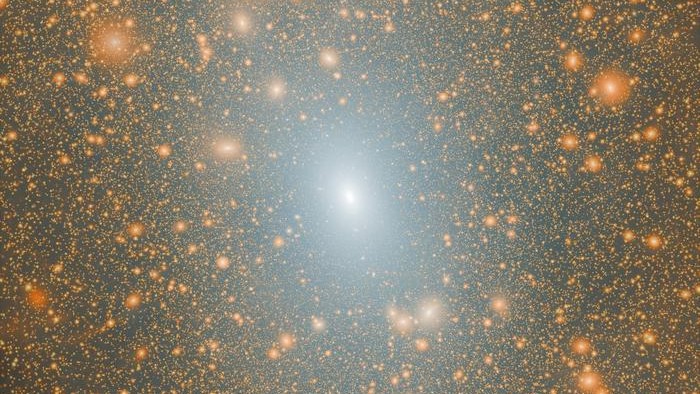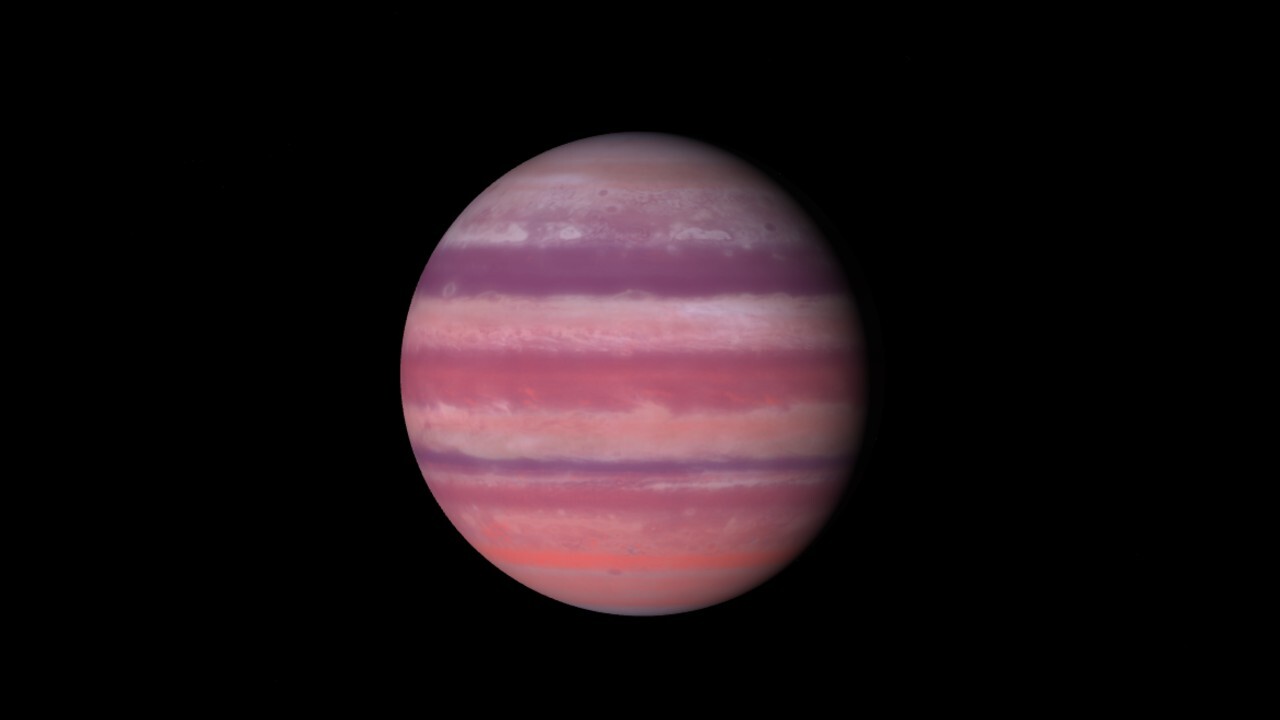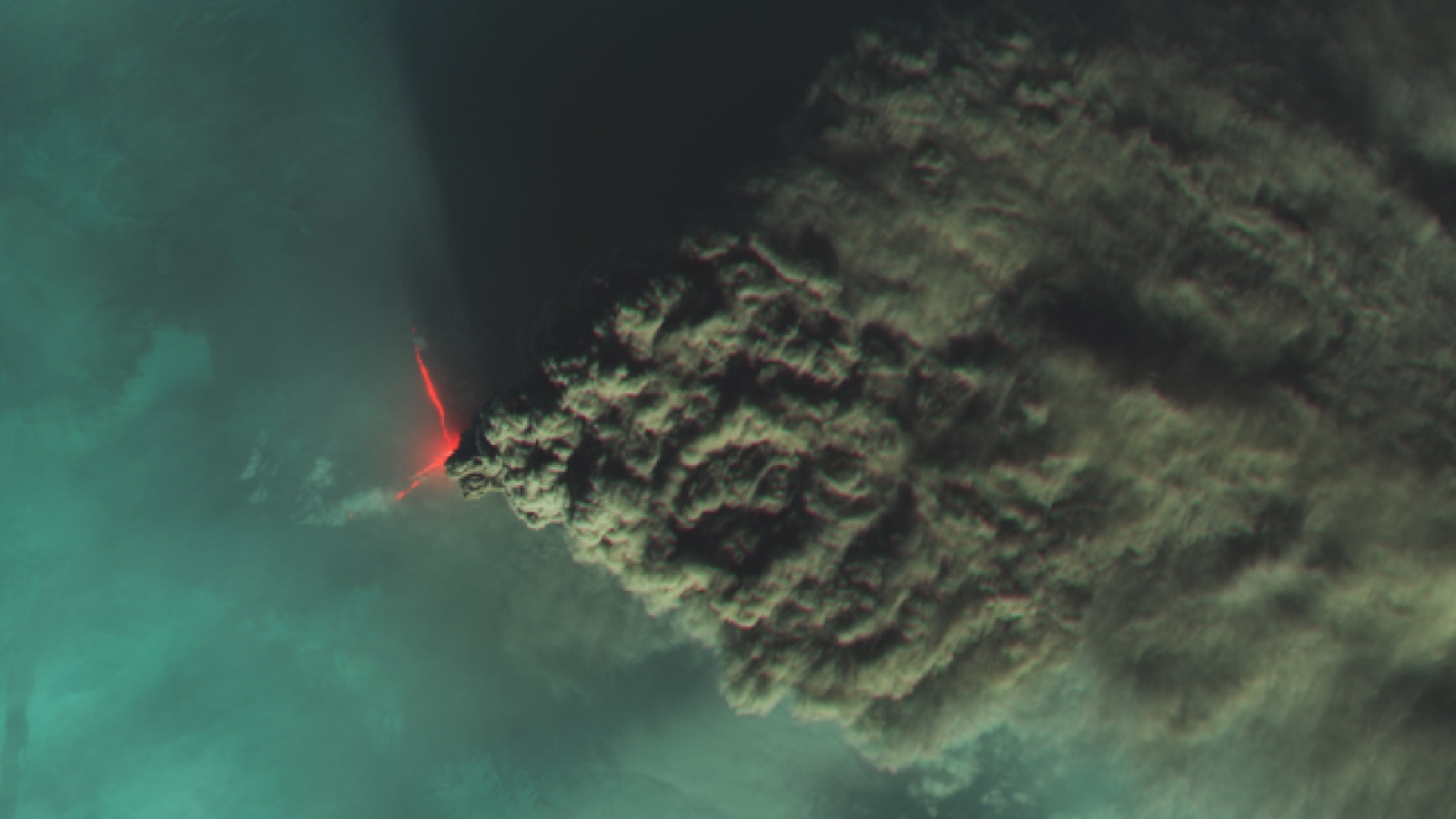100 undiscovered galaxies may be orbiting the Milky Way, supercomputer simulations hint


The Milky Way may be surrounded by dozens of yet-to-be-detected satellite galaxies, scientists claim.
Using the highest-resolution simulation of our galaxy’s dark matter — an invisible entity that shapes the large-scale structure of the universe — and new mathematical models, cosmologists predict that more than 100 additional satellite galaxies beyond the ones already cataloged may be swirling around our own.
If those galaxies are spotted by telescopes, they could offer support for the standard model of cosmology — the dominant model of our universe that explains how galaxies form. The researchers presented their findings July 11 at the Royal Astronomical Society’s National Astronomy Meeting in Durham, England.
“We know the Milky Way has some 60 confirmed companion satellite galaxies, but we think there should be dozens more of these faint galaxies orbiting around the Milky Way at close distances,” lead researcher Isabel Santos-Santos, a graduate student at Durham University, said in a statement. “One day soon we may be able to see these ‘missing’ galaxies, which would be hugely exciting and could tell us more about how the Universe came to be as we see it today.”
According to the standard theory of cosmology, known as lambda cold dark matter (LCDM), both dwarf galaxies and large ones such as our own take shape within clumps called galactic halos. These vast spheres of stars float like leaves on a pond of dark matter, the mysterious substance believed to make up 85% of the universe’s matter.
Dark matter doesn’t reflect light, so it hasn’t been observed directly. But scientists see evidence for it in the shapes of galaxies, the warping of starlight as it passes through them, and the acceleration of stars to otherwise inexplicable speeds as they orbit galactic centers.
Related: Scientists discover rare planet at the edge of the Milky Way using space-time phenomenon predicted by Einstein
This dark matter halo gives the Milky Way a hefty gravitational pull. The pull is so strong, in fact, that over the course of billions of years, it has captured a number of dwarf galaxies (those containing less than a few billion stars) as satellites.
Despite being predicted as plentiful by LCDM, satellite galaxies are faint and therefore hard to detect; many more should exist than astronomers have been able to observe or even simulate. Taken at face value, their absence is yet another crack of doubt in the standard model of cosmology.
But the scientists behind the new research propose a reason for this lack of supporting evidence, at least within simulations: They’re not precise enough to model galaxy evolution, so the simulated halos get disrupted, leading to the loss of their satellite galaxies.
To better simulate the possible hidden galaxies, the astronomers turned to the Aquarius simulation, the highest-resolution reconstruction of a Milky Way dark-matter halo. They used the Aquarius simulation to run the GALFORM model — a code that tracks gas cooling, stars forming and matter clumping to form galaxies similar to our own.
According to the simulation, dwarf galaxies have been orbiting the Milky Way for much of the universe’s life. Yet during their repeated passes, their dark matter and stars were gradually snatched away by the Milky Way’s enormous galactic halo, causing them to appear extremely faint in the present day.
This means that anywhere from 80 to over 100 more dwarf galaxies might exist around our galaxy’s outskirts, according to the researchers. If these galaxies are really there, it may not be long before they’re detected; the new Vera Rubin Observatory, which is equipped with the largest digital camera ever constructed, could resolve some of these hidden galaxies.
“If the population of very faint satellites that we are predicting is discovered with new data, it would be a remarkable success of the LCDM theory of galaxy formation,” co-researcher Carlos Frenk, a professor of astrophysics at the University of Durham, said in the statement. “It would also provide a clear illustration of the power of physics and mathematics. Using the laws of physics, solved using a large supercomputer, and mathematical modelling we can make precise predictions that astronomers, equipped with new, powerful telescopes, can test.”
Source link






